
Welcome to the ezine produced by SGI Buddhists that prompts the positive, kindles the constructive, highlights the hopeful and leaves you feeling - well, up!

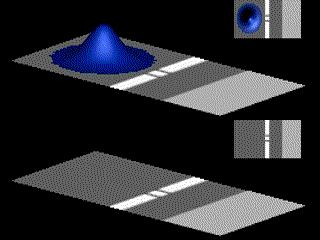

The intention is to encourage dialogue between the two communities of people interested in one or both of these topics, by comparing and contrasting the different approaches that each takes towards a description of 'The Reality of Life'.
So sharpen those e-pencils and get ready to contribute. I don't have any particular agenda and hopefully this will go in several different directions simultaneously.
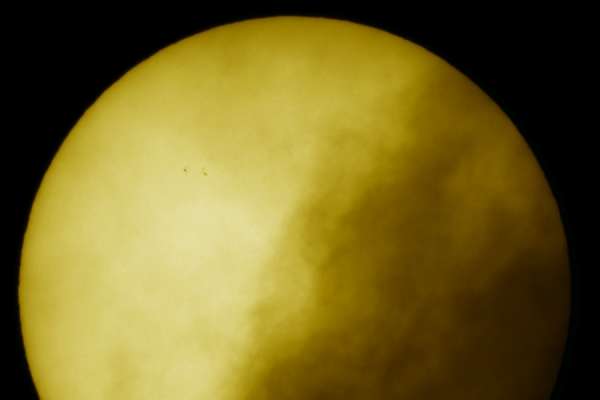 On June 2nd, clouds over Stuttgart, Germany, parted to reveal what has become a relatively rare sight, spots on the Sun. This 11 year solar activity cycle is still in a surprisingly deep minimum.
On June 2nd, clouds over Stuttgart, Germany, parted to reveal what has become a relatively rare sight, spots on the Sun. This 11 year solar activity cycle is still in a surprisingly deep minimum.
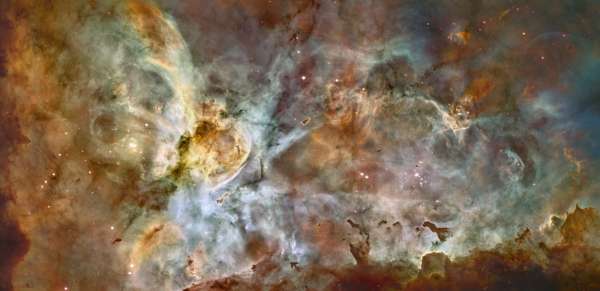 You may not have noticed but very odd things are happening in one of the brightest parts of the Milky Way - our very own galaxy.
You may not have noticed but very odd things are happening in one of the brightest parts of the Milky Way - our very own galaxy.
The picture shows the Great Nebula in Carina which is home to some truly massive stars. In our universe size really does matter, as being either too big, or too small, can have huge consequences.
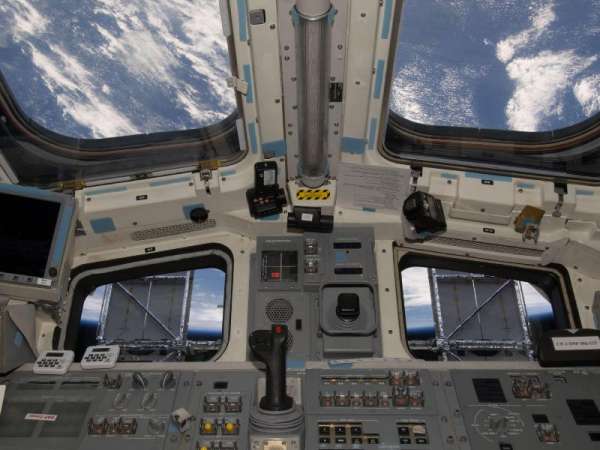 Solar panels on the Hubble Space
Telescope make for unique window shades in this scene photographed from
the flight deck of the Earth-orbiting space shuttle Atlantis
Solar panels on the Hubble Space
Telescope make for unique window shades in this scene photographed from
the flight deck of the Earth-orbiting space shuttle Atlantis
This image was taken on flight day 5 of the 11-day mission to repair and upgrade Hubble (Image Credit: NASA)
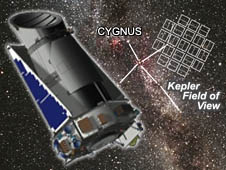 NASA's Kepler spacecraft has begun its search for other Earth-like worlds. The mission, which launched from Cape Canaveral, Fla., on March 6, will spend the next three-and-a-half years staring at more than 100,000 stars for telltale signs of planets. Kepler has the unique ability to find planets as small as Earth that orbit sun-like stars at distances where temperatures are right for possible lakes and oceans. READ MORE
NASA's Kepler spacecraft has begun its search for other Earth-like worlds. The mission, which launched from Cape Canaveral, Fla., on March 6, will spend the next three-and-a-half years staring at more than 100,000 stars for telltale signs of planets. Kepler has the unique ability to find planets as small as Earth that orbit sun-like stars at distances where temperatures are right for possible lakes and oceans. READ MORE
![]() ESO's Very Large Telescope has shown that a faint gamma-ray burst detected last Thursday is the signature of the explosion of the earliest, most distant known object in the Universe (a redshift of 8.2).
ESO's Very Large Telescope has shown that a faint gamma-ray burst detected last Thursday is the signature of the explosion of the earliest, most distant known object in the Universe (a redshift of 8.2).
The explosion apparently took place more than 13 billion years ago, only about 600 million years after the Big Bang.

